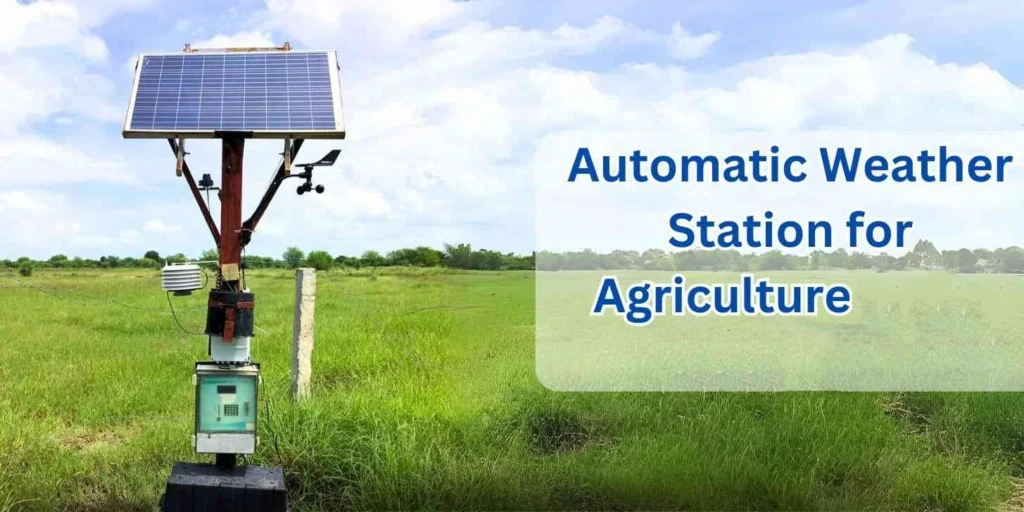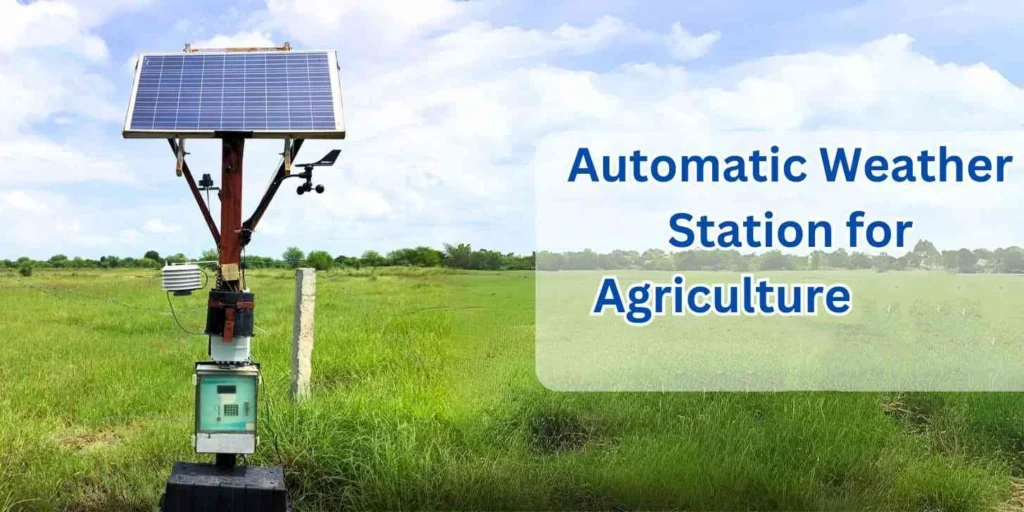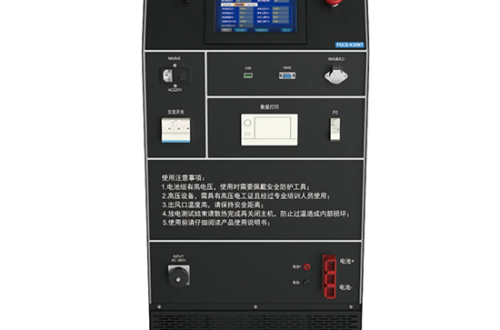
Automated Weather Station: Enhancing Meteorological Data Collection and Analysis

# Automated Weather Station: Enhancing Meteorological Data Collection and Analysis
In the realm of meteorology, the advent of automated weather stations (AWS) has revolutionized the way we collect and analyze weather data. These sophisticated systems have become indispensable tools for scientists, researchers, and even everyday users who rely on accurate and timely weather information.
## What is an Automated Weather Station?
An automated weather station is a system that autonomously collects and transmits meteorological data. Unlike traditional weather stations that require manual readings, AWS are equipped with sensors that measure various atmospheric parameters such as temperature, humidity, wind speed, wind direction, precipitation, and atmospheric pressure. The data collected is then transmitted to a central database or directly to users via the internet or other communication channels.
## Key Components of an Automated Weather Station
An AWS typically consists of several key components:
– Sensors: These are the core of the system, responsible for measuring different weather parameters. Common sensors include thermometers, hygrometers, anemometers, rain gauges, and barometers.
– Data Logger: This component records the data collected by the sensors. It often includes a microprocessor that processes and stores the data.
– Communication Module: This module transmits the collected data to a central server or directly to users. It can use various communication methods such as GSM, satellite, or internet.
– Power Supply: AWS are often powered by solar panels, batteries, or a combination of both to ensure continuous operation, especially in remote locations.
## Benefits of Automated Weather Stations
The implementation of automated weather stations offers numerous advantages:
– Accuracy and Consistency: AWS provide highly accurate and consistent data, reducing the likelihood of human error associated with manual readings.
– Real-Time Data: The ability to transmit data in real-time allows for immediate analysis and decision-making, which is crucial in weather forecasting and disaster management.
– Cost-Effectiveness: Over time, AWS can be more cost-effective than manual stations, as they require less manpower and maintenance.
– Remote Monitoring: AWS can be deployed in remote or inaccessible areas, providing valuable data that would otherwise be difficult to obtain.
## Applications of Automated Weather Stations
Automated weather stations have a wide range of applications across various sectors:
– Agriculture: Farmers use AWS to monitor weather conditions that affect crop growth, irrigation, and pest control.
– Aviation: Airports rely on AWS for accurate weather data to ensure safe takeoffs and landings.
– Disaster Management: AWS play a critical role in early warning systems for natural disasters such as hurricanes, floods, and wildfires.
– Research and Education: Scientists and educators use AWS to study climate patterns and teach students about meteorology.
## Challenges and Future Directions
Despite their many benefits, automated weather stations are not without challenges. Issues such as sensor calibration, data transmission reliability, and power supply stability need to be addressed to ensure the continuous and accurate operation of these systems. Additionally, the integration of AWS with other technologies, such as artificial intelligence and machine learning, holds great promise for enhancing data analysis and predictive capabilities.
In conclusion, automated weather stations have significantly enhanced our ability to collect and analyze meteorological data. As technology continues to advance, these systems will undoubtedly play an even more critical role in our understanding and management of weather and climate.
Keyword: automated weather station



